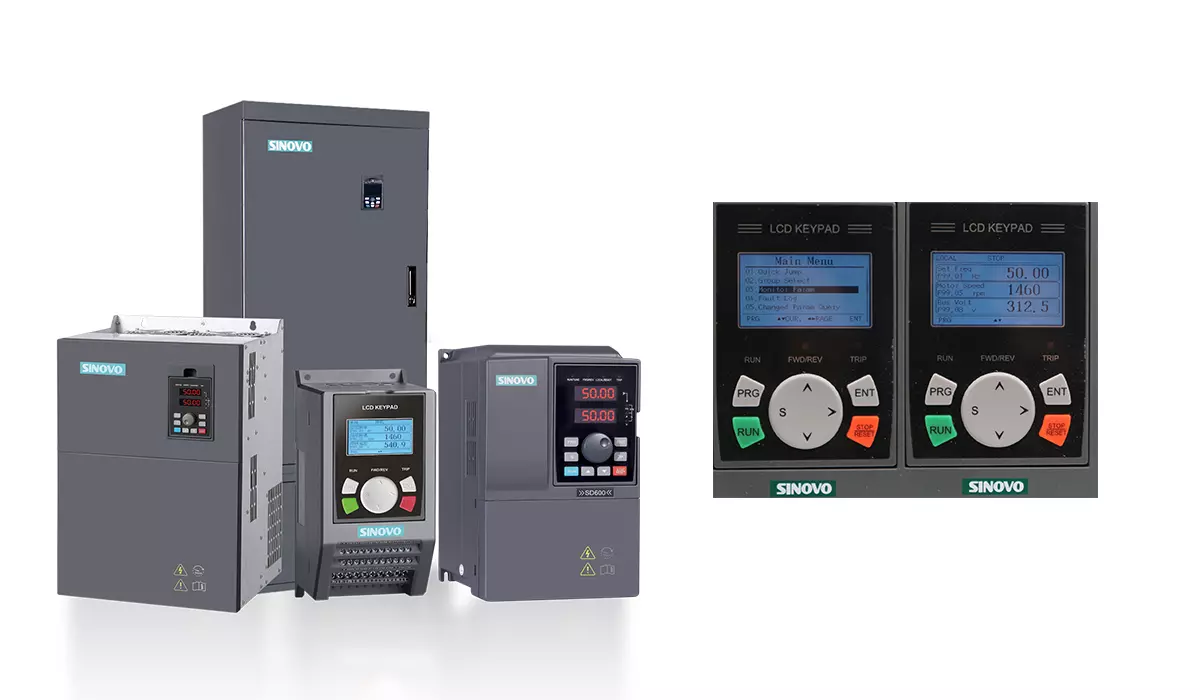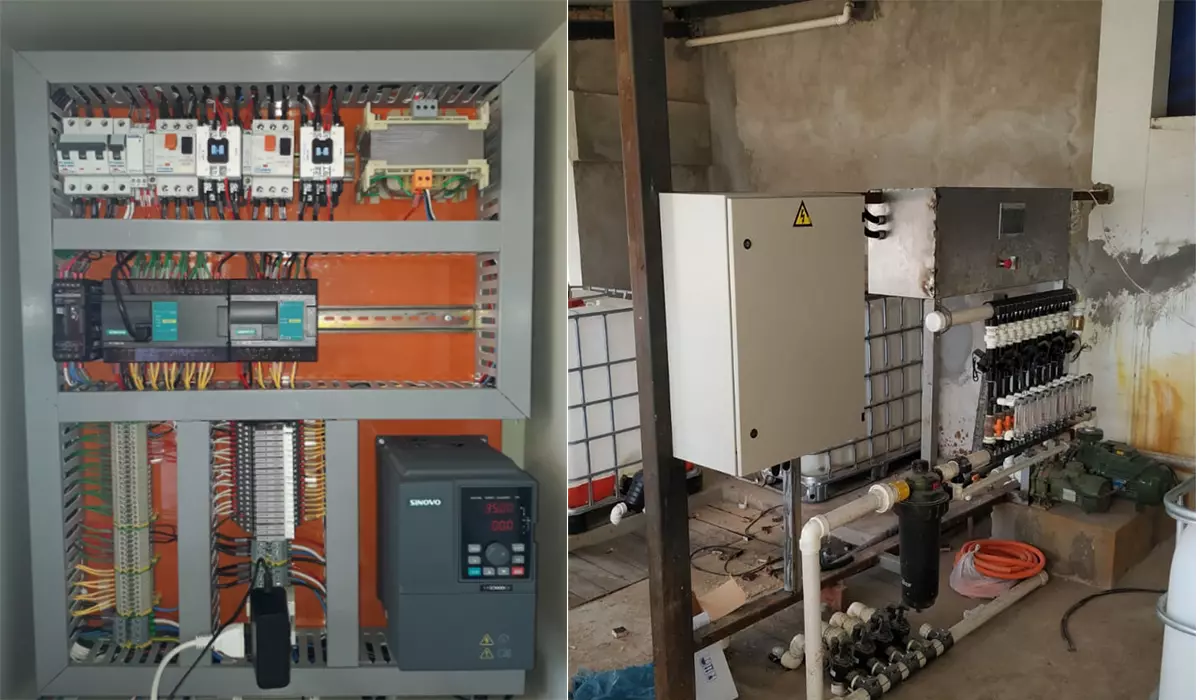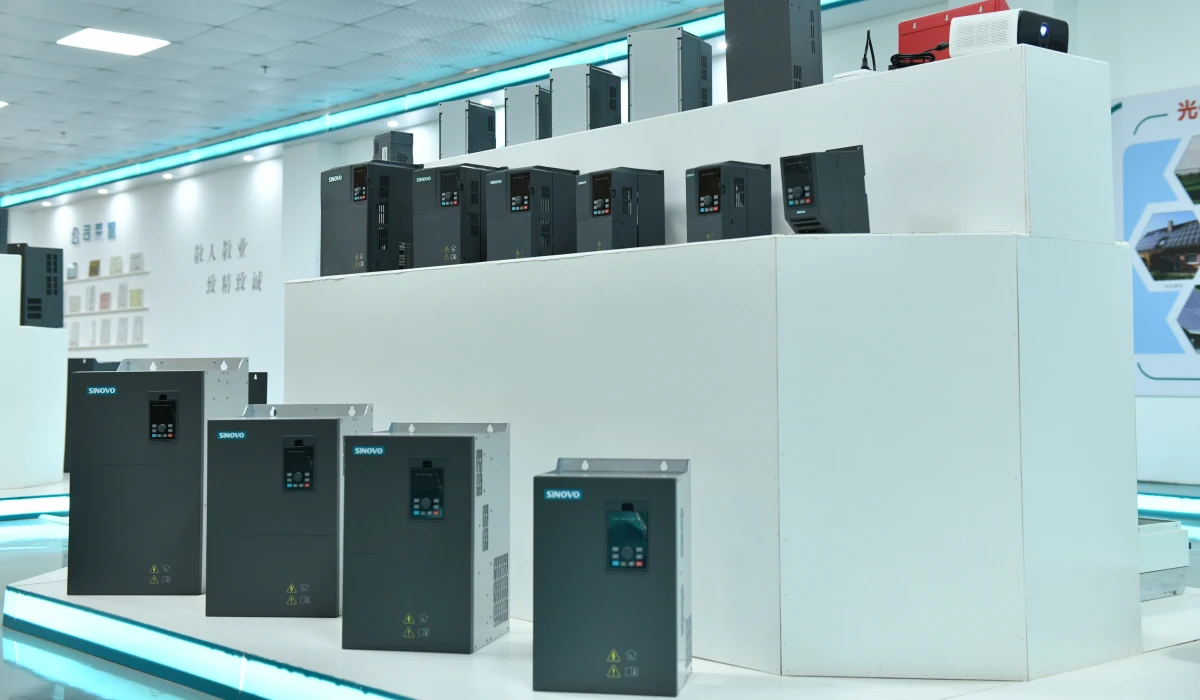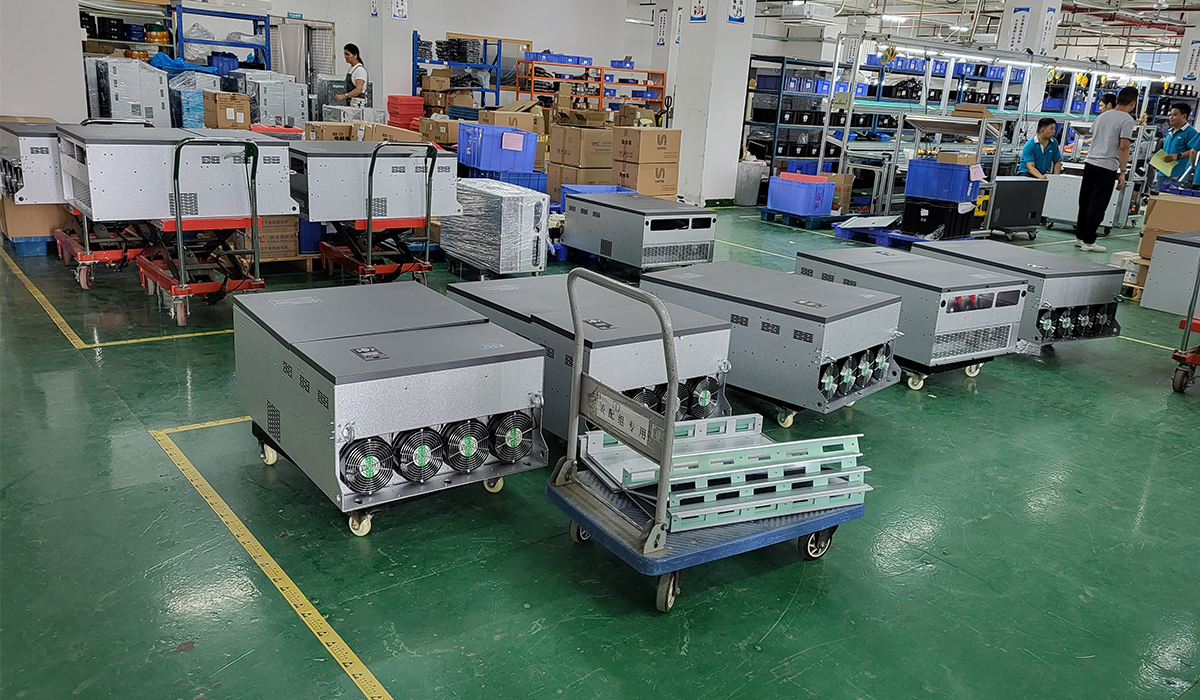In the realm of motor control, Variable Frequency Drives (VFD) and Variable Speed Drives (VSD) are often used interchangeably due to their similar features and functionalities. However, these two terms denote different aspects of motor control, each with their unique characteristics and applications.
A VFD is a type of motor controller that drives an electric motor by varying the frequency and voltage supplied to the electric motor. It is mainly used in applications requiring speed control for 3-phase AC induction motors. The central principle behind a VFD is to change the frequency of the electrical supply to the motor, which subsequently alters the motor’s speed and power output.

In contrast, a VSD is a broader term that encapsulates any drive that can control the speed of a machine. VSDs encompass both AC and DC motors and a variety of control systems, such as servo systems and stepper motors. Essentially, a VSD regulates the speed of a motor by adjusting the motor’s input voltage or power supply frequency, or the amount of current flowing in the motor’s coils.
There is a common misconception that VFDs and VSDs are entirely different types of drives. This confusion stems from the fact that a VFD is, in essence, a type of VSD. That is, all VFDs are VSDs, but not all VSDs are VFDs.
A key distinction is their applicability in different scenarios. For example, VFDs are particularly advantageous in applications where speed and torque control are required simultaneously, such as in conveyor belts or in pumps in heating, ventilation, and air conditioning (HVAC) systems. They enable energy savings by adjusting the motor’s speed to the system’s demand instead of running at full speed constantly.
On the other hand, VSDs are more versatile, being applicable to both AC and DC motors. They are used in a wide range of applications from industrial machinery to domestic appliances. They excel in situations where precise speed control is needed, such as in escalators, machine tool spindles, or in robotics.
While VFDs and VSDs may seem identical due to their capacity to regulate motor speed, they have distinct definitions, functionalities, and uses. A VFD is a type of VSD that changes the frequency of the electrical supply to adjust the motor’s speed, particularly used with 3-phase AC induction motors. In contrast, a VSD is a more general term that refers to any type of drive that can control the speed of a machine, encompassing both AC and DC motors. It is paramount to understand these differences when choosing the right technology for specific motor control needs.
In the realm of motor control, Variable Frequency Drives (VFD) and Variable Speed Drives (VSD) are often used interchangeably due to their similar features and functionalities. However, these two terms denote different aspects of motor control, each with their unique characteristics and applications.
A VFD is a type of motor controller that drives an electric motor by varying the frequency and voltage supplied to the electric motor. It is mainly used in applications requiring speed control for 3-phase AC induction motors. The central principle behind a VFD is to change the frequency of the electrical supply to the motor, which subsequently alters the motor’s speed and power output.

In contrast, a VSD is a broader term that encapsulates any drive that can control the speed of a machine. VSDs encompass both AC and DC motors and a variety of control systems, such as servo systems and stepper motors. Essentially, a VSD regulates the speed of a motor by adjusting the motor’s input voltage or power supply frequency, or the amount of current flowing in the motor’s coils.
There is a common misconception that VFDs and VSDs are entirely different types of drives. This confusion stems from the fact that a VFD is, in essence, a type of VSD. That is, all VFDs are VSDs, but not all VSDs are VFDs.
A key distinction is their applicability in different scenarios. For example, VFDs are particularly advantageous in applications where speed and torque control are required simultaneously, such as in conveyor belts or in pumps in heating, ventilation, and air conditioning (HVAC) systems. They enable energy savings by adjusting the motor’s speed to the system’s demand instead of running at full speed constantly.
On the other hand, VSDs are more versatile, being applicable to both AC and DC motors. They are used in a wide range of applications from industrial machinery to domestic appliances. They excel in situations where precise speed control is needed, such as in escalators, machine tool spindles, or in robotics.
While VFDs and VSDs may seem identical due to their capacity to regulate motor speed, they have distinct definitions, functionalities, and uses. A VFD is a type of VSD that changes the frequency of the electrical supply to adjust the motor’s speed, particularly used with 3-phase AC induction motors. In contrast, a VSD is a more general term that refers to any type of drive that can control the speed of a machine, encompassing both AC and DC motors. It is paramount to understand these differences when choosing the right technology for specific motor control needs.
continue reading
Related Posts
Variable Frequency Drives (VFDs) are essential in modern industrial automation and motor control systems. They provide precise control over motor […]
Variable Frequency Drives (VFDs) are critical in converting single-phase power to three-phase power, enabling the use of three-phase motors in […]
Testing the insulation resistance of a Variable Frequency Drive (VFD) is a crucial maintenance task to ensure its reliability and […]



